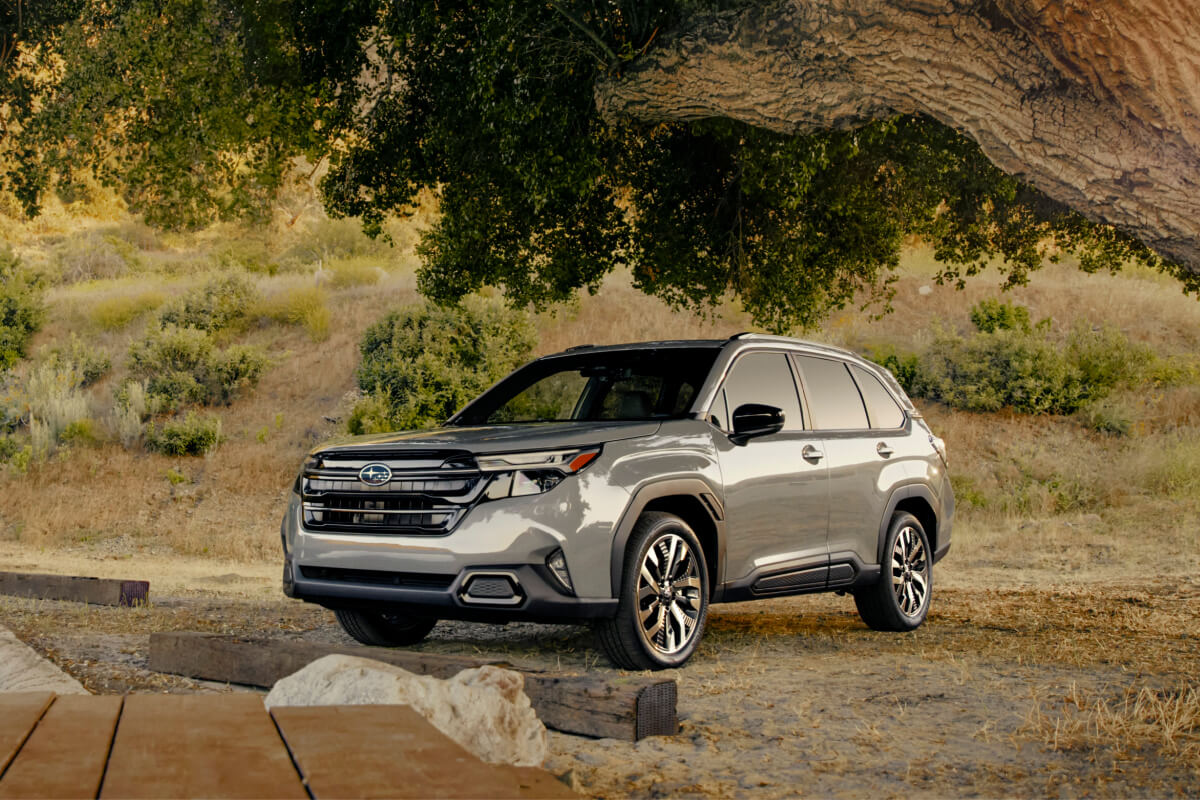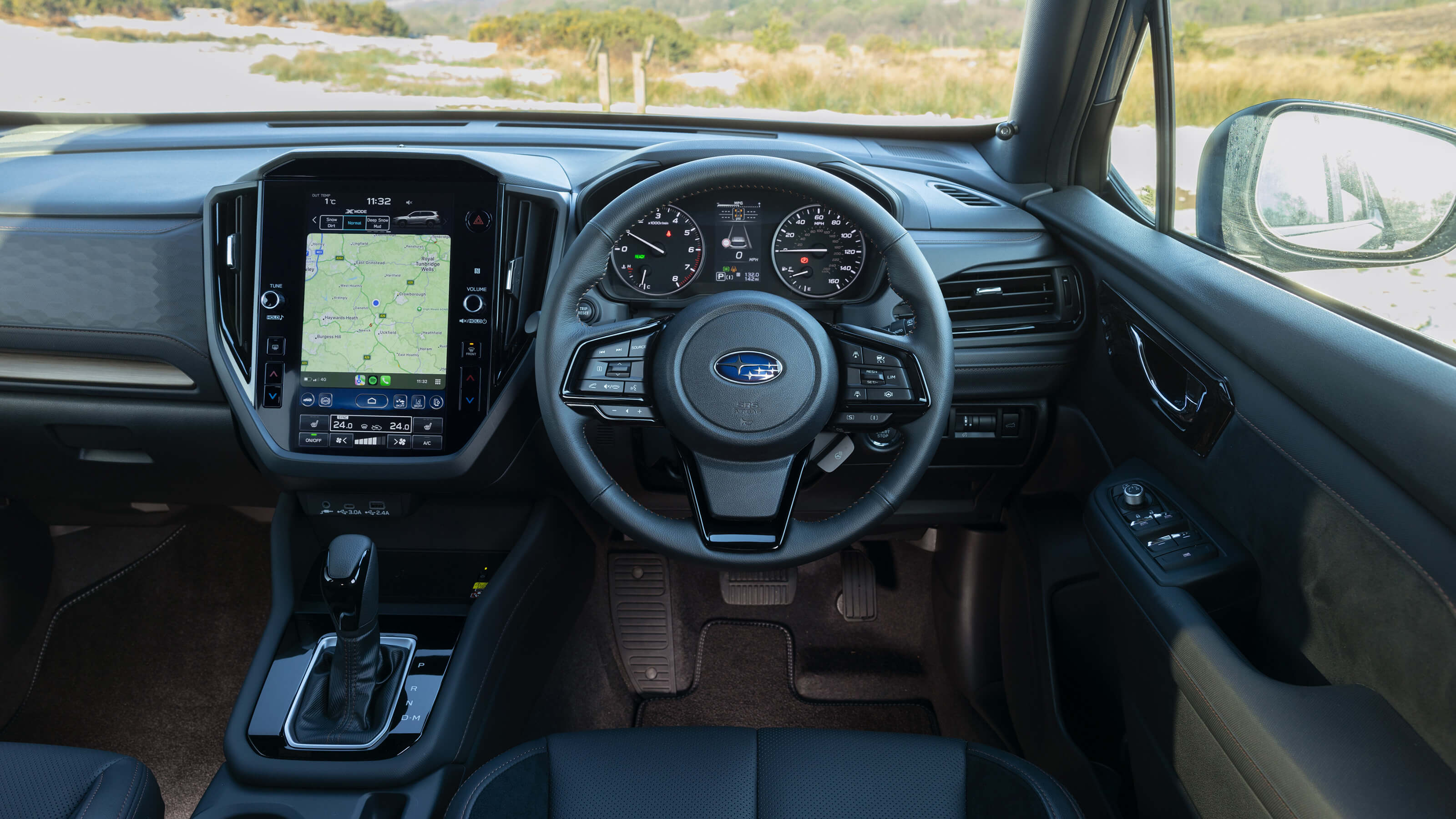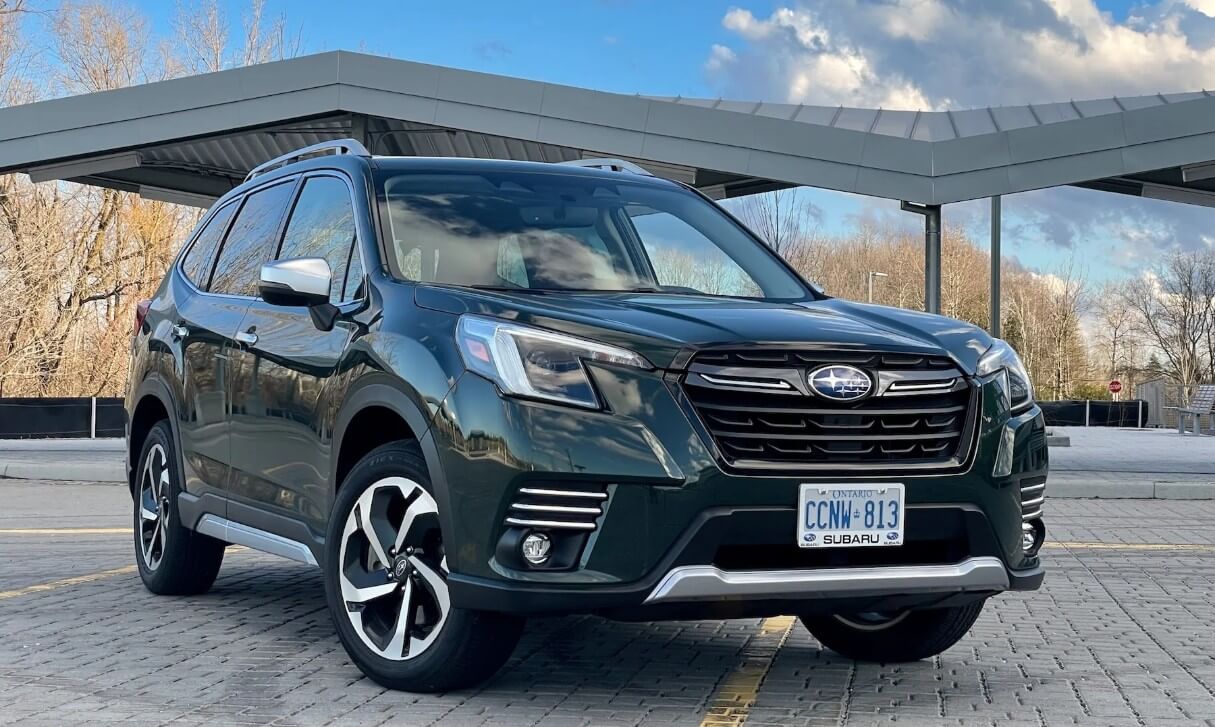
The 2025 Subaru Forester remains one of the most balanced compact SUVs on the market. With standard Symmetrical All‑Wheel Drive, great visibility, and a practical cabin, it’s a smart pick for families, commuters, and weekend adventurers. As an automotive technician, I’ll walk you through the top benefits and the common pain points, so you know exactly what to expect before buying or maintaining a Forester in 2025.
What’s New for 2025 🆕
- Quieter cabin and improved ride tuning
- Updated EyeSight Driver Assist with wider camera coverage
- Wireless Apple CarPlay/Android Auto on most trims
- Refreshed interior materials and sound deadening
Top 5 Benefits of the Subaru Forester (2025) ✅
1) Standard AWD + Real Ground Clearance 🧭
Symmetrical AWD is standard on every Forester, with up to 8.7 inches (220 mm) of ground clearance and X‑Mode for snow, dirt, and light trails. This is a major advantage versus many rivals with front‑drive base trims.
2) Safety First: EyeSight, Visibility, and Ratings 🛡️
Forester is known for top-tier safety. Large windows give excellent outward visibility, and EyeSight Driver Assist (auto emergency braking, lane keep assist, adaptive cruise) is standard. The model has repeatedly earned high scores from IIHS in recent years.
3) Practical Cabin and Cargo Space 📦
Boxy, usable space: wide rear doors, easy child-seat access, and a flat load floor. Cargo capacity is among the best in class (over 70 cu ft with seats folded, depending on trim), making it an easy daily hauler.
4) Real-World Efficiency for an AWD SUV ⛽
The 2.5L Boxer powertrain delivers competitive fuel economy for a full-time AWD setup (commonly near upper-20s mpg combined in EPA-style figures), keeping running costs reasonable in 2025.
5) Reliability, Resale, and Ownership Value 💯
Forester has a strong reputation for longevity and resale. Subaru frequently cites that the vast majority of Subarus sold in the last decade remain on the road. Routine maintenance is straightforward and parts availability is excellent.

Top 5 Problems of the Subaru Forester (2025) ⚠️
1) Modest Power Output 🐢
The 2.5L naturally aspirated engine is dependable but not quick, especially with a full load or at altitude. Enthusiastic drivers may wish for more torque or a turbo option.
2) CVT Feel and Noise at High Load ⚙️
Subaru’s CVT is durable when serviced on time, but some drivers report “rubber‑band” feel and droning under heavy acceleration. The 2025 tuning is improved, yet the character remains different from a traditional automatic.
3) Infotainment Quirks and Smartphone Glitches 📱
Wireless CarPlay/Android Auto is convenient, but occasional connection drops or lag can occur. Keeping software up to date helps.
4) Wind/Road Noise on Certain Tires 🌬️
While 2025 insulation is better, some trims/tires still transmit more road noise on coarse pavement. Consider aftermarket tires with lower noise ratings if this bothers you.
5) Legacy Issues on Older Used Models 🔧
Shoppers looking at earlier model years (pre‑2020) should check for known items like wheel bearing noise, windshield cracks (select years), or prior oil consumption concerns on older FB engines. Most of these were improved in later years, but due diligence is key when buying used.

2025 Ownership Insights: Costs, Maintenance, Stats 📊
- Maintenance: Oil and filter every 6–12 months (or per manual), cabin/engine air filters ~15–30k mi, brake fluid ~2–3 yrs, CVT fluid service interval per severe duty if you tow or drive mountainous routes.
- Tires: AWD prefers matching tires; rotate every 5–6k mi to protect the center differential.
- Insurance and resale: Historically favorable versus many rivals due to strong safety and reliability metrics.
- Market note (2024–2025): Compact SUV demand remains high. Industry trackers report compact SUVs account for well over 20% of new vehicle sales in many markets, keeping Forester values strong.
Buyer’s Checklist in 2025 📝
- Test CVT feel on hills and highway; ensure it matches your driving style.
- Verify EyeSight cameras are properly calibrated after any windshield replacement.
- Check for any infotainment software updates at delivery.
- For used units: look for service history, brake/rotor condition, and any bearing/strut noises on a test drive.

FAQ: Subaru Forester 2025 ❓
Is the 2025 Subaru Forester reliable?
Yes. Forester has a strong track record for reliability when maintained on schedule. Subaru’s AWD system and the 2.5L Boxer are well-proven, and parts are widely available.
How is the fuel economy for an AWD SUV?
Forester remains competitive, commonly reporting high‑20s mpg combined in EPA-style figures. Proper tire pressure, regular maintenance, and smooth driving keep consumption low.
Can the Forester go off-road?
Light to moderate off‑road, yes. Standard AWD, X‑Mode, and 8.7” of ground clearance make it capable on snow, gravel, and rutted trails. It is not a rock crawler; think all‑weather adventure, not hardcore off‑roading.
Is the CVT durable?
With correct fluid service and sane heat management (avoid prolonged heavy towing up steep grades), Subaru CVTs are generally durable. Many issues arise from neglected maintenance or mismatched tires.
Does the 2025 model support wireless CarPlay/Android Auto?
Yes, on most trims. If you experience connection glitches, a head unit software update or cable backup (wired mode) usually solves it.
What’s the towing capacity?
Typically up to 1,500 lbs (680 kg) for most Forester trims. Always verify your exact trim and market specs, and use proper towing hardware.
Is Forester a good family car?
Absolutely. Easy ingress/egress, great visibility, strong safety features, and a roomy back seat make it family-friendly. Cargo space is excellent for strollers, pets, and gear.
Bottom Line 🧰
If you value all‑weather confidence, safety tech, and practical space, the 2025 Subaru Forester is a top choice. Be aware of its calm power delivery and CVT character, keep up with maintenance, and it will deliver years of safe, efficient service.